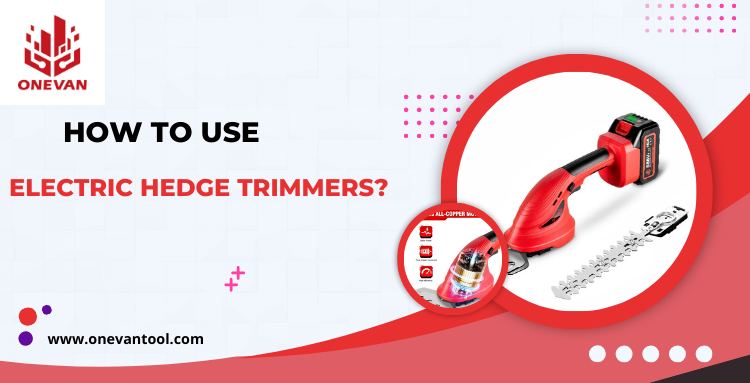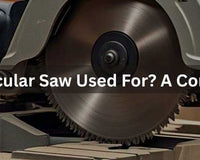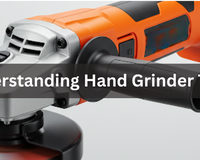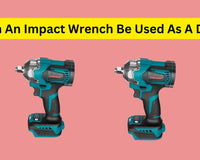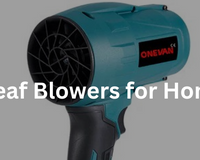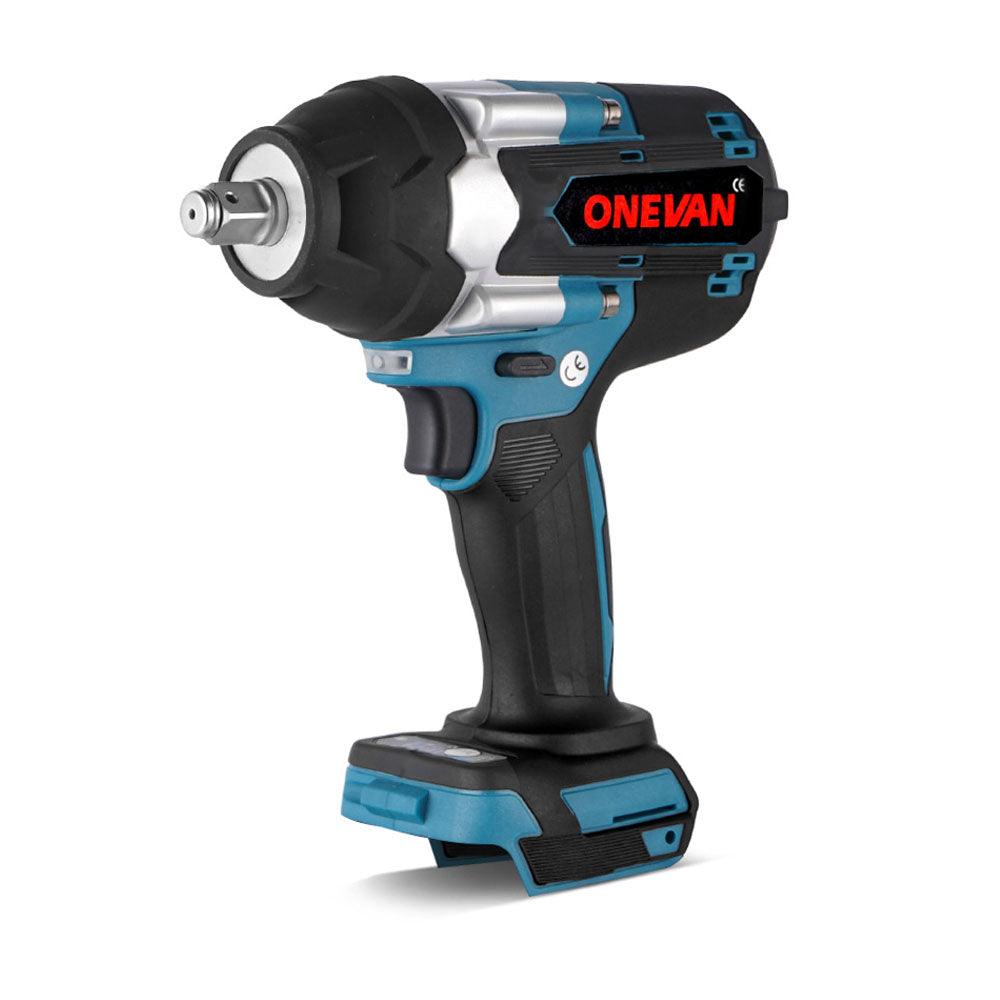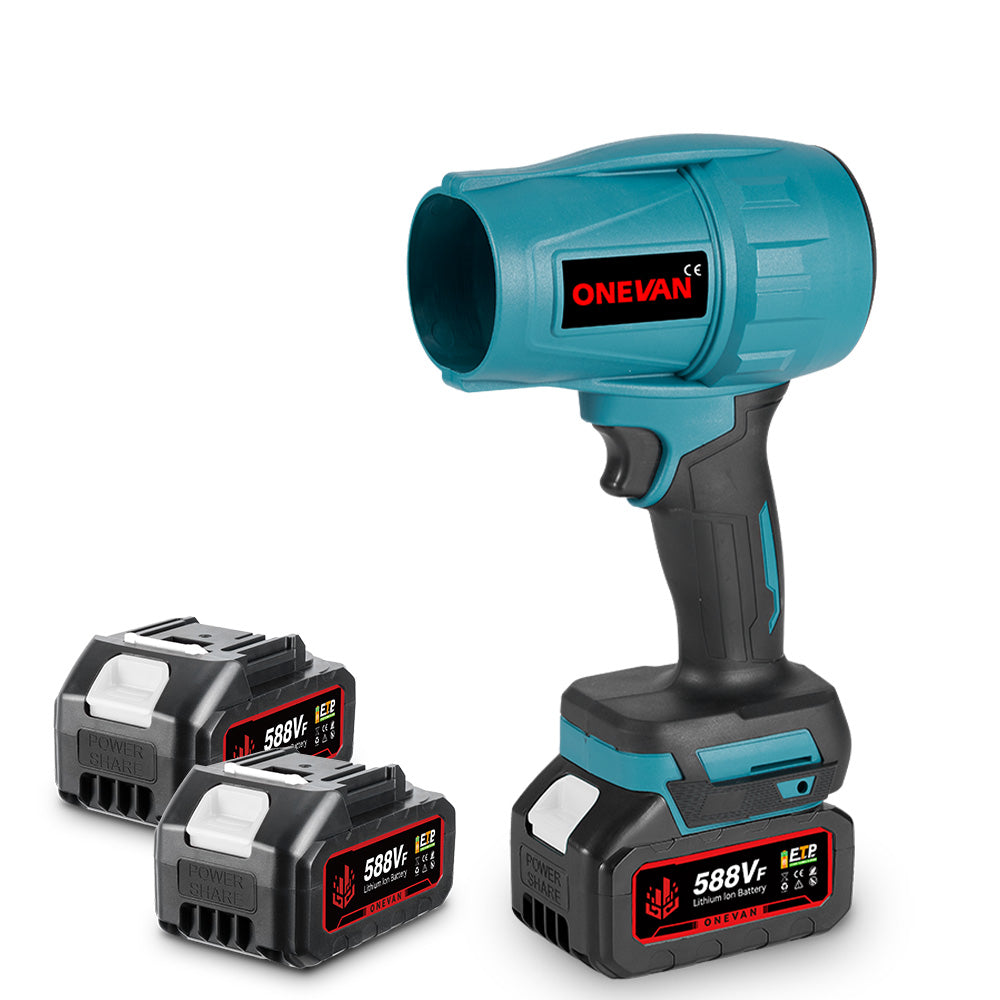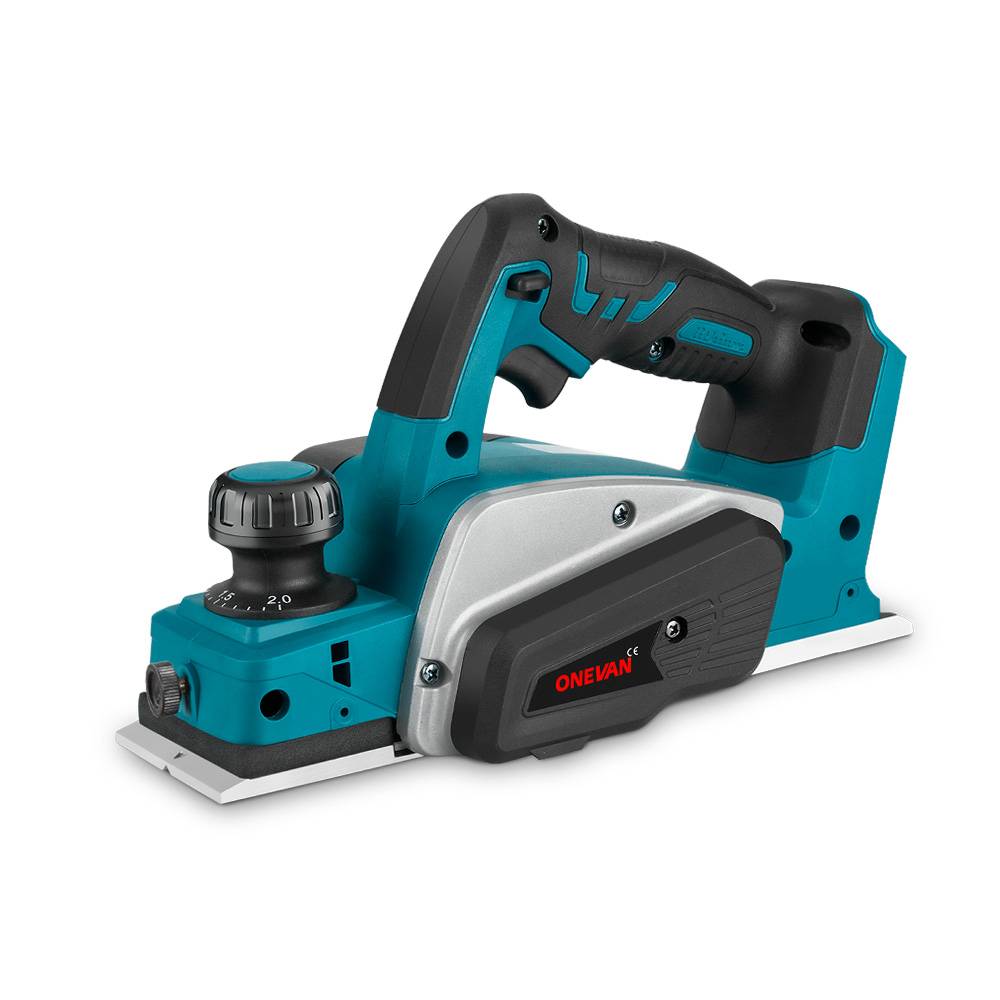Hedges make beautiful garden boundaries, and they can be great for wildlife too. However, they do have one drawback: they need cutting from once to several times a year, depending on the plant and how neat a finish you want.
A powered hedge trimmer can significantly reduce the time spent on trimming, but with such a wide range available, how do you make the right choice? Prices vary considerably according to the size, power, and power type of trimmer, from less than 200 dollars up to several hundred bucks for the larger professional models.
Also read: How to clean hedge trimmer blades?
Hedge trimmers do not have a one-size-fits-all approach. How you will use them will depend on the size and shape of your hedges. However, having some essential information will enable you to get through your work while preserving the environment easily.
- How to choose the right hedge trimmer?
- How to properly use a hedge trimmer?
- Safety and maintenance Tips.
- How to Use a electric hedge trimmers?
1. What is an Electric Hedge Trimmer?
An electric hedge trimmer is a power tool. It incorporates an electric motor and sharp blades. This tool is used to cut and shape hedges and shrubs. Compared to manual trimmers, they offer faster trimming, cleaner cuts. Subsequently, electric hedge trimmers are cheap and easy to maintain.
How Does an Electric Hedge Trimmer Work?

Electric hedge trimmers are designed to make trimming efficient and time saving. However, these electric trimmers come in two types:
- Corded: These corded trimmers use a wire for a consistent power supply. Generally, this tool is suitable for small yards. However, it restricts your movement because you need an extension and power outlet every time you need to operate an electric hedge trimmer.
- Cordless: These are battery-operated hedge trimmers which incorporate rechargeable lithium-ion batteries. As their name defines, cordless hedge trimmers are easy to carry anywhere, and you can easily operate them in larger yards.
Key Feature: Dual-Action Blades
- Two sharp blades reciprocate (move back and forth) rapidly against each other.
- This shearing action provides clean and efficient cutting of branches and twigs.
Why Electric Trimmers are Good for the Environment?
Reduced Emissions: Electric trimmers do not emit damaging air pollutants, unlike gas models.
Quieter Operation: Gasoline engines cough louder than electric motors, thereby giving you more peace during trimming sessions around town.
Modern cordless hedge trimmers provide unmatched mobility, freeing you from the constraints of tangled cords or stuck next to an outlet. With these strong trimming tools, there is no need for gas or oil, and they make clean cuts.
By knowing what is happening today about cordless electric trimmers, combined with the latest technological advances, you can shape beautiful hedges while minimizing environmental impact.
Differences Between Corded and Cordless Hedge Trimmers
|
Feature |
Corded Electric Hedge Trimmer |
Cordless Hedge Trimmer |
|
Power Source |
Electric cable plugged into an outlet |
Rechargeable battery |
|
Mobility |
Limited by cord length, requires extension cord for larger areas |
Offers greater freedom of movement, can be used anywhere |
|
Weight |
Lighter weight (typically 3-5 kg) |
Slightly heavier due to battery (typically 4-6 kg) |
|
Power |
Consistent power delivery |
Power can vary depending on battery charge level |
|
Running Time |
Unlimited as long as plugged in |
Limited by battery life (typically 30-100 minutes) |
|
Maintenance |
Occasional cleaning and lubrication |
Requires battery maintenance |
|
Cost |
Generally lower initial cost |
Higher initial cost due to battery |
|
Safety |
Risk of accidentally cutting the cord |
Important to follow safety precautions to avoid battery accidents |
|
Technical Data (example) |
* Motor: 500W * Blade Length: 55 cm * Tooth Spacing: 18 mm |
* Battery: 40V Lithium-Ion * Run Time: 60 minutes * Blade Length: 60 cm * Tooth Spacing: 24 mm |
2. What is the Best Electric Hedge Trimmer?
Nowadays, electric hedge trimmers have become a hot cake for gardeners because they are cleaner and more convenient compared to gas-powered models. Therefore, when choosing a best electric hedge trimmer, one should take into account personalized requirements and available features in a tool.
Key Factors to Consider When Choosing the Best Electric Hedge Trimmer
Getting the right tool can make trimming your hedges super-fast. But the question is how do you choose the best hedge trimmer? What are some key features to consider before purchasing the best model?
Blade Type: There are two main options. Some trimmers have only one moving blade while others have double-bladed ones that move past each other (this is known as double-reciprocating blades). These dual-stroke blades assist in reducing vibration in order to achieve a smoother cut.
Blade Length: Longer blades make straighter cuts which is excellent for bigger hedges. However, these types of trimmers may be heavier and more difficult to use. On the other hand, shorter blades offer better control for small hedges or detailed trims but they may require more passes depending on its cutting efficiency. Consider your hedge’s size and thickness when selecting the blade length.
Sharpening: For single-sided blades, one edge typically requires sharpening for maintenance, while double-sided blades need attention on both edges to maintain optimal cutting performance. It is recommended to follow the manufacturer's guidelines or consult a professional for sharpening to ensure safety and effectiveness.
Distance between teeth: It is important to identify the thickness. The distance ranges from 12 mm to 36 mm (tooth spacing). Subsequently, you just need to know that a greater distance corresponds to a thicker cut.
Grip: This aspect is also important. The grip must be ergonomic and two-handed to carry out the work safely (double-handed operation).
Matching Hedge Trimmer Features to Your Gardening Needs
The right choice of a hedge trimmer ensures clean and healthy hedges and a stunning gardening experience. To share the best possible advice on how to choose among different options, we break down the most decisive features and provide technical details necessary for finding just the right machine for you:
Power Source:
- Electric Hedge Trimmer (Corded):
- Technical Details: Plugs into a standard outlet, typically with a power range of 300W to 750W.
- Pros: Lightweight, easy to maintain, consistent power delivery.
- Cons: Limited reach due to cord length, requires an outlet nearby.
- Battery-Powered Hedge Trimmer (Cordless):
- Technical Details: Powered by rechargeable batteries (often Lithium-Ion) with voltage ranging from 18V to 40V, offering varying run times (30-100 minutes).
- Pros: Offers good freedom of movement. It is ideal for larger gardens.
- Cons: Battery requires recharge time.
Blade Features:
- Type:
- Single-Reciprocating Blade: One moving blade that cuts against fixed bar, suitable for lighter trimming tasks.
- Double-Reciprocating Blade: Two blades that move in opposite directions, reducing vibration and offering a cleaner cut.
- Length:
- Longer Blades (over 50 cm): Ideal for achieving long, straight cuts on large hedges, but can be heavier.
- Shorter Blades (under 50 cm): Offer greater maneuverability for detailed trimming and smaller hedges.
- Sharpening:
- Single-Sided Blade: Most common type, requiring sharpening on one side only.
- Double-Sided Blade: Less frequent, requires sharpening on both sides for optimal performance.
- Tooth Spacing:
- Narrow Spacing (12-16 mm): Ideal for finer cuts on young hedges or delicate topiary work.
- Wide Spacing (20-36 mm): Suitable for thicker branches and overgrown hedges.
Making the Choice:
By considering these features, you can select the best hedge trimmer for the job. Here's a quick guide:
- Small to medium hedges with easy access to an outlet: Electric (corded) trimmer.
- Large gardens, thick hedges, or preference for mobility: Cordless trimmer with a powerful battery.
- Professional use, thick hedges, or prioritizing power: Petrol hedge trimmer.
3. Step-by-Step Guide to Using Electric Hedge Trimmers
Gardening is an art, and gardeners must possess hedge trimmers. Below are some steps to consider in trimming your hedges safely and efficiently, whether you use a corded or cordless model. Let’s begin!
Step 1: Pre-Operational Safety CheckBefore plugging in the trimmer, ensure that safety is maintained as a priority. Here is what you need to do:
• Protective gear: Wear gardening gloves with good grips to protect your hands from scratches, cuts, and vibrations.
• Safety glasses: Never forget to get safety glasses so as to protect them against flying debris such as twigs, leaves, and insects.
• Ear protection: Hedge trimmers can be noisy. Get earmuffs or earplugs for hearing protection.
Then scrutinize your hedge trimmer for any signs of damage or worn-out parts:
• Look out for the loose parts: Check if all screws/bolts/fasteners are tight enough.
• Blade check: Inspect the trimmer's blades for any signs of damage such as cracks, chips, or dullness. If the blades are dull, follow the manufacturer's guidelines or consult a professional for sharpening before using the trimmer.
It all depends on which model of hedge trimmer you have and the type of power source that you use. Here’s how to get both ready for action:
Corded Models
• Secure electrical connection: Check if the plug on your tool fits snugly into the socket. Some loose connections on the other hand can result in sparking or overheating.
• Heavy duty extension cord: Use an outdoor-rated extension cord with a gauge thickness suitable for the power consumption of your trimmer. Conversely, a thin gauge cannot bear the electrical load and may overheat leading to possibilities of causing fire. Select a length that allows you to comfortably reach all parts of your hedge without having to strain or tug at the cord.
Cordless Models
• Battery check: Additionally, confirm that batteries are fully charged as per manufacturer instructions. Most cordless trimmers have charge indicator lights which tell users when the battery is ready.
• Battery Placement: Ensure the battery is correctly placed according to the manufacturer’s instructions. An improperly installed battery can become loose during operation and consequently cause safety hazards.
Let’s go through the steps to make your work area safe and trim your hedge properly:
Step 1: Clear the Area
Start by removing any impediments such as rocks, toys, lawn furniture or water hoses from around the base of the hedge and along your trimming path. This is important because it will help you avoid tripping over anything or knocking something down that may lead to losing control of the trimmer.
Step 2: Avoid Slipping
Make sure that you have a secure and flat surface to stand on while trimming. Don’t cut grass on wet ground or an uneven terrain which may increase chances of slipping and falling.
Now that everything is set, it’s time to start your trimmer:
• Power on: Follow the manufacturer's instructions to activate the trimmer, which is typically done via an on/off switch or a trigger mechanism.
• Test run: test your hedge trimmer to a spare grass or plant. Pay attention for unusual sounds like grinding, rattling or too much vibration since they may refer to motor or blade issues. Hence, you should turn it off and deal with such problems before continuing.
While trimming your hedges, make sure that the motions you take are smooth and controlled to ensure a clear and even cut:
• Begin from the bottom: Start hedge trimming at its base up. It helps in seeing what has already been trimmed so as to avoid repeating the same lines.
• Make sweeping movements: When moving with the hedge trimmer, carry out long, sweeping movements. This ensures a straight and neat cut. Do not use short, jerky actions because it brings about an irregular look of the hedge.
• Maintain a moderate speed: You should be able to maintain constant pace all through the trimming process. You should not forget any sections or dig too deep into the shrubs by mistake.
Once you’re done with trimming your hedges, there are a few quick maintenance tasks that will help keep your trimmer in good shape:
Corded Models
- Power down and unplug: Make sure to turn the trimmer off before unplugging it from the wall socket.
- Blade cleaning: Use a damp cloth or brush to clean off any plant sap, debris, or dirt from them. This will prevent rusting and ensure clean cuts on your next use of a trimmer.
- Cord care: For avoiding tangles, wrap the cord neatly. Also, store it in a shady place so that sun does not damage insulation.
- Safe storage: Keep your trimmer somewhere cool and dry where kids or animals can’t get hold of it.
Cordless Models
- Power down and remove battery: Turn off the trimmer then take out battery just as directed by the manufacturer.
- Blade cleaning: The same way for electronic models clean its blades accordingly as aforementioned for corded models.
- Battery care: Read about proper storage instructions for batteries in user’s manual. Typically some should be kept at room temperature while others may benefit from being partially charged.
-Charger storage: Keep the battery charger in a minimum humidity and a neat area.
With these steps and tips, you can easily have well-trimmed hedges without any harm caused to your garden.
4. Safety Tips for Using Electric Hedge Trimmers
Power source prep:- Corded models: Use a heavy-duty outdoor extension cord.
- Cordless models: Ensure the battery is fully charged.
- Clear the area of obstacles.
- Follow the manufacturer's instructions to power on the trimmer. This is typically done through a simple on/off switch or a trigger mechanism, depending on the model.
- Start from the bottom with sweeping motions.
- Keep the trimmer blade parallel to the hedge.
- Avoid forcing the trimmer; let the blades do the work.
- Step back occasionally to check your progress.
- Power down and unplug the trimmer (corded models).
- Clean the blades to remove debris.
- Store the trimmer properly (out of reach of children and pets).
- Remove and store the battery following the user manual (cordless models).
5. Maintenance and Care for Electric Hedge Trimmers
Make it last:- Sharpen blades often - dull blades make trimming hard!
- Wipe blades clean after each use - no dirt or sticky stuff!
- Oil it up (corded only) - check manual for how and what kind of oil.
- Take breaks during hot days - don't overheat the trimmer!
- Store it safe and sound - cool, dry place, away from kids and pets.
- Check trimmer before use - no loose parts, bad cord (corded only), or broken blades. Fix it first!
- Cover blades when storing - keeps them sharp and safe from bumps.
- Be gentle with the cord (corded only) - pull the plug, not the cord.
- No water allowed! - Don't use trimmer in rain or near water.
Follow these tips and your electric hedge trimmer will keep your garden amazing for a long time!
6. Conclusion
To sum up, cordless trimmers require a charged battery, while corded models need a safe electrical connection. Prepare the site, always start at the bottom, and use smooth blade motions to prevent cuts. Take partial breaks and clean the blades for a smooth cut. After reading this article, you know which is the best hedge trimmer for your needs.
7. FAQ
1. How do you use an electric hedge trimmer?
Put on appropriate protective gear, including gloves, safety glasses, and ear protection, and inspect the device to ensure it is in good working condition. Start at the bottom and work your way up, using smooth motions with the blade flat against the hedge. Don’t push too hard; take breaks. Clean and put away the trimmer when you're done.
2. How to cut a hedge with an electric trimmer?
The rule is the same for each hedge trimmer: start from the bottom. You should move smoothly across while keeping the blade straight on the hedge. Avoid using extra force.
3. How to turn on an electric hedge trimmer?
Look out for instructions in your specific model’s manual, but most come with simple on/off switches or triggers.
4. How to use a cordless hedge trimmer?
1. Pop in a charged battery (check the light to see if it's ready)
2. Gear up with gloves, glasses, and ear protection.
3. Clear the area around your hedge of toys, and rocks, etc.
4. Turn it on (check the manual, but most have a simple switch).
5. Start at the bottom of the hedge and slowly work your way up.
6. Don't push too hard, take breaks, and check your work sometimes.
7. When done, turn it off and remove the battery according to the manufacturer's instructions.
5. What is the difference between a hedge trimmer and a hedge cutter?
There really is no big difference here. A hedge cutter is a non-powered shear used for shaping hedges. “Hedge Trimmer” would be a more common name for a powered tool operating on electricity or it can be battery operated.
6. Can you use an electric hedge trimmer to cut branches?
Not really. These tools are better suited for the general shaping of hedges than removing thick branches. For bigger branches, use pruning shears or saws.
7. When should you not use a hedge trimmer?
Do not use it when wet hedges are present around or near water sources or if it’s in poor condition.
8. How thick can electric hedge trimmers cut?
The capacity varies depending on the model; however, they can normally handle branches up to ½ inches thick.
9. Can you cut wet hedges with electric trimmers?
No, using electrical equipment in wet conditions can pose a risk of electrical shock. Additionally, wet foliage can be more difficult to cut and may result in uneven trimming.
10. When should you not cut hedges?
It’s best not to prune during the nesting season for birds (usually in spring and early summer) and during very hot or cold weather.

